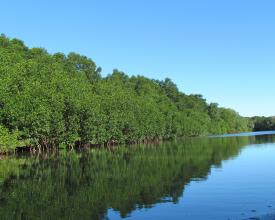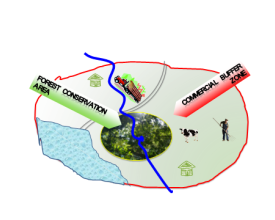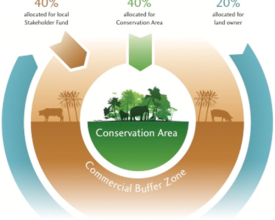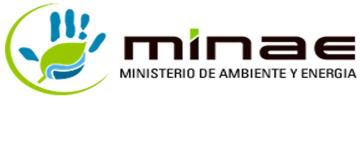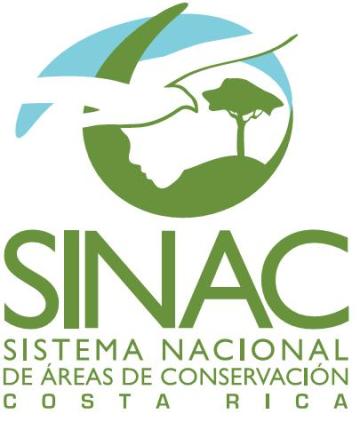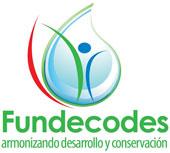
Private sector investment in conservation of dry forests and mangrove restoration
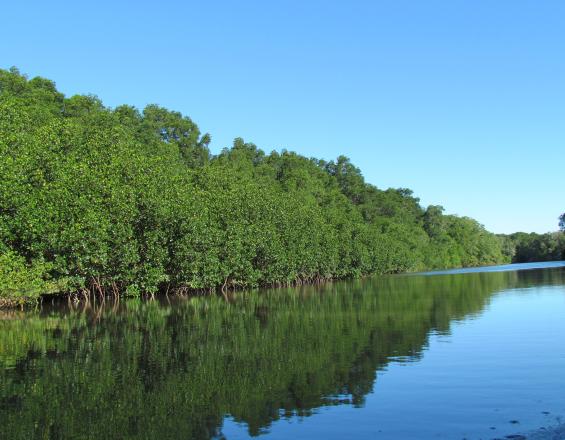
The Global Conservation Standard (GCS) is an innovative financial mechanism - It is a private sector financed system of payments for ecosystem services: companies buy conservation credits and the revenue generated is managed by a Costa Rican NGO to invest in sustainable development activities. One example is the investment of a German certified organic shrimp producer in Costa Rica buying conservation credits to restore mangroves. The organic shrimp are sold in Germany by certified organic retailers - for each 250g sold 0.15€ are channeled to the GCS Fund and used for conservation activities.
Context
Challenges addressed
- Coastal forest conservation
- Mangrove restoration
- Resiliency and sustainability of marine and coastal ecosystems
- Ecosystem-based adaptation to address climate change vulnerability
- Sustainable financing
Location
Process
Summary of the process
The building blocks can be considered as phases to achieve the implementation of a financial mechanism based on an identified international conservation standard: identifying the standard, planning for, and implementing the mechanism. The identification and implementation of a financial mechanism ensures effective management and requires joint planning between the main stakeholders involved. Planning and management must have up-to-date information on the different options and lessons learned at the national and international levels. The participation of the main actors in each phase is important since they are the ones which will implement the standard for conservation of natural resources.
Building Blocks
The Global Conservation Standard
The Global Conservation Standard (GCS) certifies ecosystem services in public and private owned forest/protected areas for carbon offsetting and marketing. Funds generated through the sale of conservation credit units (CCUs) of the forest area are invested in the conservation and promotion of sustainable production in the project area, which is divided into a conservation and a buffer zone with commercial activity.
Enabling factors
- Technical and financial assistance from project partners is available to do pre-feasibility studies to implement the standard.
- Consent among and conservation agreements between the parties promote the sustainability of ecosystems.
Lesson learned
- A thorough review of international standards is important to identify areas where implementing a conservation standard is possible.
- The selection of a standard defines and orientates the whole and following establishment process.
- The information collected in the standards review is used in discussions with stakeholders as well as potential national / local investors to provide a solid foundation for informed selection of mechanisms to finance conservation of coastal and marine resources.
Feasibility study and benefit validation
A guided assessment of the forest areas suitable for the sale of conservation credit units (CCU) in the foreseen region is done with the Global Conservation Standard (GCS). The elaboration of a masterplan outline the project area and its potential to sell CCU (based on criteria by the IPPC). All interventions are defined through participatory planning (calculation credit generation, beneficiaries, marketing). Once the masterplan is accepted by GCS, the international registration is done at Markit.
Enabling factors
- Available scientific information
- Technical guiding, capacity building and financial support of donor agencies
- Political will of governmental and private landowners to cooperate and establish a Steering Committee with representation from public and private sectors
- Involvement of FUNDECODES, a local non-governmental organization recognized by the stakeholders
- GCS implementation is not linked to any transfer of ownership
- There is no eligibility restriction on landscape type or geographical area
Lesson learned
- Agreeing on and establishing common goals is fundamental for participatory planning and local actors’ ownership of the project, which favors the development of proposals aimed at mitigating impacts produced by productive practices.
- When the community leads local development of conservation measures, the pressures on the mangrove forest are reduced, supporting resilience and thus the health of the ecosystem services of the area.
- The project acceptance depends on the positive perception by the local actors.
Conservation credit unit (CCU) marketing
The fund administrator, NGO FUNDECODES, and other brokers promote CCUs to investors, who buy them for at least ten years. CCU returns are distributed for use across the different zones of the project area: 40% for conservation activities in the core area, 40% for sustainable production activities in the commercial buffer zone and 20% for the owners of the credit-generating land.
Enabling factors
- Conservation agreement between FUNDECODES and the Global Conservation Standard (GCS)
- Current legislation allows conservation credits to be valued and sold
- Institutional stakeholders which are committed to work with the private sector and civil society
- Private sector willing to voluntarily offset
- Brokerage: Bringing together demand and offer, e.g. buyers and sellers of CCUs
Lesson learned
- Stakeholders are empowered by the financing scheme because they receive financial support to implement conservation activities and are involved in decision-making and prioritization.
- The project is recognized as a model by conservation authorities because it implements an environmental sustainability standard with support from strong partners.
- There is high interest among Costa Rican private sector to compensate CO2.
- International investors are interested in due diligence and full accountability when buying CCUs. This is guaranteed by GCS using independent accredited bodies to carry out annual assessments of carbon stocks, maintaining objectivity, accuracy and transparency and offering real-time GIS imagery.
- There is still a need to improve the capacity of FUNDECODES and SINAC in marketing, brokerage, establishment of the MRV-System and adequate management of the “Small Project Funds”.
Implementation and monitoring
Contractual agreements with German enterprises RISTIC GmbH and ALNATURA have been achieved in 2015 resp. 2016 (50.000,00 US$ each). FUNDECODES, the Conservation Credit Unit (CCU) selling organization ASEPALECO and Costa Ricas National Protected Area Authority (SINAC) are responsible for the implementation of the restoration and conservation project and contractually agreed to 10 year objectives. FUNDECODES is reporting annually to the CCU buying company RISTIC GmbH. The whole process is monitored annually by Globale Conservation Standards (GCS).
Enabling factors
- FUNDECODES has been supported by GIZ in developing a marketing strategy to sell CCU at national and international level
- GIZ provided coaching by demand to implement marketing and MRV to GCS, Ristic GmbH
Lesson learned
After 3 years of taylor made technical and financial GIZ support to the whole process, nowadays FUNDECODES has achieved full owenership and responsibility to manage the process by itself.
Impacts
The Global Conservation Standard (GCS) provides additional financial resources for conservation and economic development activities at local level. Funds generated by the sale of conservation credit units amount to US$ 100.000 (another US$ 40.000 are in negotiation with international and national enterprises). Funds are invested in the restoration of 20 ha of mangrove, the conservation of the private Karen Mogensen Forest Reserve and the implementation of a small-sclae hones production project.
Beneficiaries
- Local communities (Jicaral, Nandayure, Lepanto)
- Ministry of Environment and Energy (MINAE), Costa Rica
- National System of Conservation Areas (SINAC), Costa Rica
Sustainable Development Goals
Story
In the communities adjacent to the mangrove area many people are fishing for mollusks. In recent years, however, only few and smaller mollusks can be found. This decrease is due to the over-exploitation and degradation of the natural mangrove habitat, which is caused, for example, by intensive agriculture and other human activities in the area, which leads to high input of sediment and nutrients from rivers. Climate change also contributes to the degradation as weathern patterns, tides and the amount of rainfall are changing. All pof this decreases the productivity of the mangrove ecosystem.
Dona Francisca lives next to the mangroves. For a loving she sells mollusks she gathers in the mangroves and pigs she raises around her house. She hopes that with the new financing mechanism, the Global Conservation Standard (GCS), her situation will improve. Under this new mechanism, an area of coastal private forest functions as a core area that will generate Conservation Credit Units (CCUs), which are being sold. 40% of the revenue is then appointed to the management of the core forest area to implement management plans focusing on protection, as well as adaptation and mitigation activities, which help to maintain and restore the functions of the ecosystem. 20% of the revenue is given to the owner of the forest for their discretionary use. The remaining 40% are invested in the commercial buffer zone (ZAC), which in this case includes the rehabilitation of mangroves and its ecosystem services.
With the support of local communities and other local stakeholders the rehabilitation actions which previously are agreed on with the national conservation authorities are implemented. This means that Dona Francisca and her fellow mollusk gatherers can benefit from the program from helping in rehabilitating the mangroves themselves by taking care of mangrove nurseries and working in the restoration of the natural waterflow, all of which will hopefully lead to a recovery of the mollusk populations. This will provide them with a more sustainable income in the long term and alternative income options.
